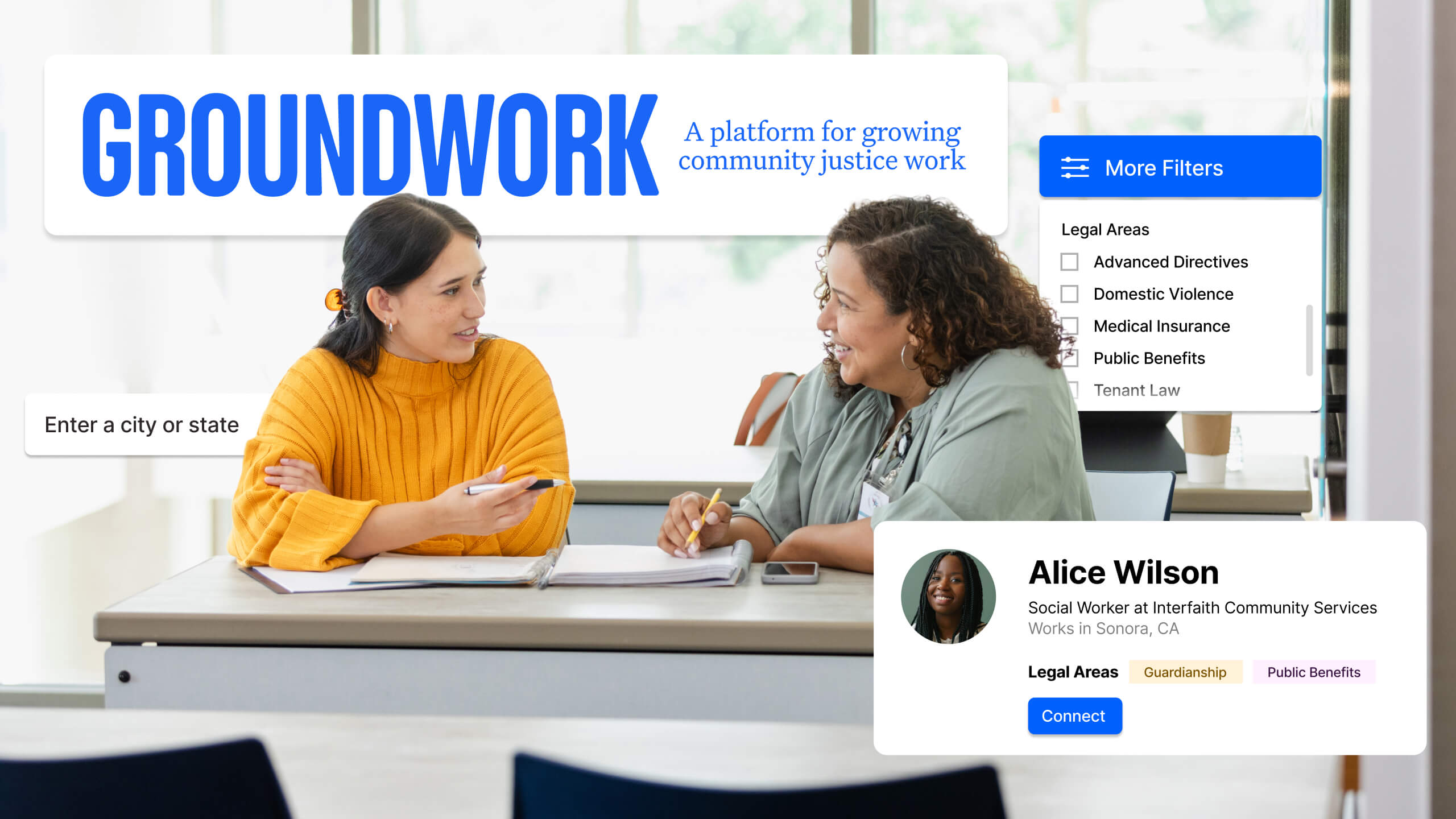As with the brand work, we used design sprints to help us work quickly to identify user needs, generate concepts, build prototypes, and test our ideas with real users. Our sprints with MangoPlate helped their team get to viable solutions faster.
Our initial sprint led to key design principles that drove our design. "Less than three clicks to wow" pushed us to remove unnecessary interactions, moments, and screens. "Provide contextual content based on location and personal history" nudged the team to always consider the user's context as they interacted with the app.
Sprinting leads to real results. Some of our solutions that went into the product pipeline were:
Redesigning the registration flow
Adding mechanisms to increase user engagement
Creating a new corporate brand identity
Completely renewing responsive desktop & mobile website designs
Prior to our rebrand work, the San Francisco Health Network's messaging placed emphasis on the providers and the system. The Network described itself as the City’s “only complete system of care.” The Network logo was an icon of the Golden Gate Bridge.
Through our work, we wanted to shift focus from describing the system to communicating the value added for the patient. We sought to:
- Publicly reaffirm San Francisco’s commitment to accessible health care for all of its residents, regardless of immigration status or insurance;
- Create a unifying brand that resonated deeply with patients and staff; and
- Give staff desperately needed tools to clearly and consistently describe the Network, its values, and its services.






